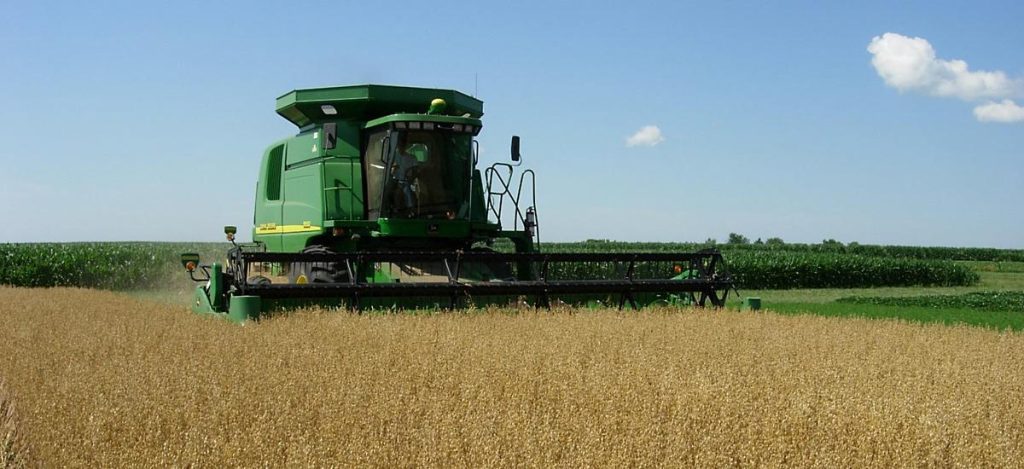Agriculture is one of the most significant sectors of the world’s economy, providing food and raw materials for a growing population. The cultivation of crops is an essential component of agriculture, but the traditional techniques have proved inadequate in meeting the ever-increasing demand for food.
Recently, there has been a renewed interest in innovative and sustainable crop cultivation techniques, including precision agriculture, agroforestry, intercropping, conservation agriculture, and hydroponics. This article discusses these innovative techniques and their potential to enhance agricultural productivity while minimizing environmental degradation.
Agriculture has been essential for human survival since the dawn of civilization. The growth and development of crops have been a primary source of food, fiber, and fuel for human beings. However, traditional crop cultivation techniques have become inadequate with the increasing global population and the need for higher food production.
Additionally, using traditional methods in agriculture has caused significant environmental degradation, including soil degradation, water depletion, and air pollution. This has renewed interest in sustainable and innovative crop cultivation techniques that can enhance agricultural productivity while minimizing environmental degradation. This article explores these innovative techniques and their potential benefits for agriculture.
Precision Agriculture
Precision agriculture uses advanced technologies such as Geographic Information Systems (GIS), remote sensing, and Global Positioning Systems (GPS) to enhance crop production. Precision agriculture helps farmers to monitor and analyze soil quality, crop growth, and yield in real time, allowing them to make informed decisions about crop management. This technique enables farmers to reduce water use, fertilizers, and pesticides while optimizing crop growth and minimizing environmental degradation. Precision agriculture enhances crop quality, reduces crop damage, and improves profitability.
Agroforestry
Agroforestry is an innovative technique that combines the cultivation of crops with growing trees on the same land. This technique enhances biodiversity, soil fertility, and water retention capacity, reducing soil erosion and environmental degradation. Agroforestry also helps mitigate climate change by sequestering atmospheric carbon dioxide. Additionally, agroforestry enhances the yield and quality of crops, providing farmers with a sustainable source of income.
Intercropping
Intercropping is a technique that involves planting two or more crops on the same land simultaneously. This technique enhances soil fertility, minimizes soil erosion, and reduces the risk of crop failure. Intercropping also improves crop yield, quality, and biodiversity while reducing the need for fertilizers, pesticides, and water. This technique is particularly beneficial for small-scale farmers with limited land and resources.
Conservation Agriculture
Conservation agriculture is a technique that involves the minimum tillage of the soil, crop rotation, and the use of cover crops to enhance soil fertility and minimize environmental degradation. This technique reduces soil erosion, water depletion, and carbon dioxide emissions while improving biodiversity and crop yield. Conservation agriculture also reduces the need for fertilizers and pesticides, improving the quality and safety of crops.
Hydroponics
Hydroponics is an innovative technique that involves the cultivation of crops in water instead of soil. This technique eliminates the need for soil, reducing soil degradation and the use of pesticides and fertilizers. Hydroponics also enhances crop yield and quality, providing farmers with a sustainable source of income. This technique is particularly beneficial for urban agriculture, where land is scarce.
The cultivation of crops is an essential component of agriculture, but the traditional techniques have proved inadequate in meeting the ever-increasing demand for food. Innovative and sustainable crop cultivation techniques, including precision agriculture, agroforestry, intercropping, conservation agriculture, and hydroponics, have emerged as potential solutions to enhance agricultural productivity while minimizing environmental degradation.
These techniques offer numerous benefits, such as enhancing soil fertility, reducing soil erosion, minimizing water depletion, and improving crop yield and quality. Furthermore, they provide farmers with a sustainable source of income and contribute to mitigating climate change.
While these innovative techniques may require a significant initial investment, the long-term benefits outweigh the costs. Therefore, policymakers, researchers, and farmers need to explore and adopt these sustainable and innovative crop cultivation techniques to meet the growing demand for food while safeguarding the environment.
